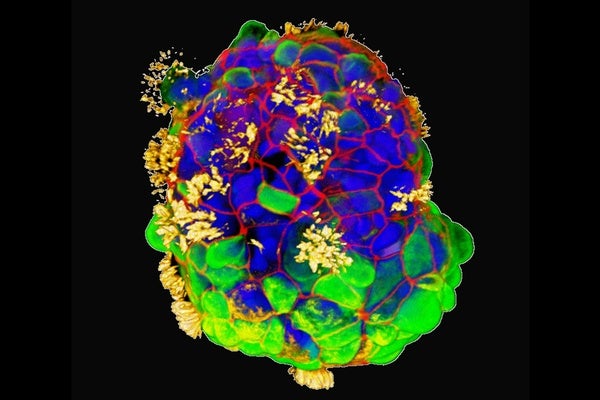 |
| December 05, 2023 |
Hello Readers, I'm on the tech beat this week, sending you the most important stories we're covering. Researchers have constructed robots made from human cells (and called them "anthrobots"). The tiny machines can move, swim and heal their own wounds, and might in the future open the door to remarkable new treatments for human disease. Read more in this week's top story. |
| |
 |
| |
| |
| |
| |
| |
| Engineering Light Can Travel Backward in Time (Sort Of) Light can be reflected not only in space but also in time—and researchers exploring such "time reflections" are finding a wealth of delightfully odd and useful effects | | | | |
| Renewable Energy Google Taps Hot Rocks to Cool Climate The potential of geothermal energy as a carbon-free power source is well known. Now companies such as Google are helping to unlock it | | By Benjamin Storrow,E&E News | | | |
| |
| |
FROM THE ARCHIVE
 | | | |
LATEST ISSUES
 |
| |
| Questions? Comments?  | |
| Download the Scientific American App |
| |
| |


















